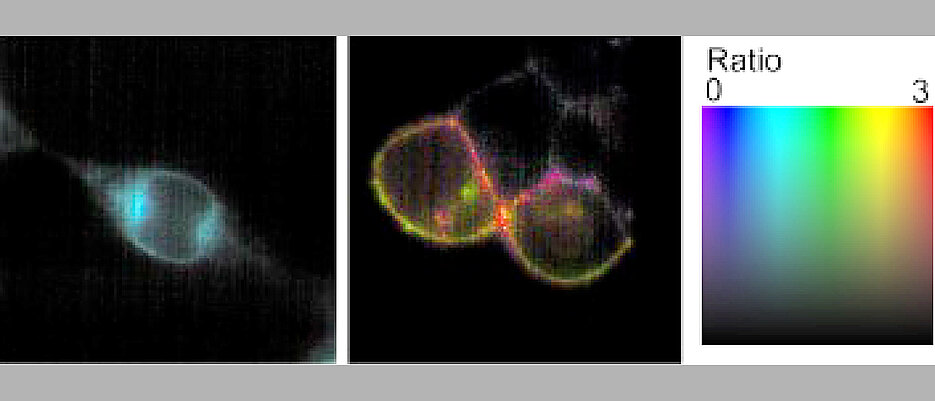In order for immune cells to do their job, they need to know against whom they should direct their attack. Research teams at the University of Würzburg have identified new details in this process.

As complicated as their name is, they are important for the human organism in the fight against pathogens and cancer: Vγ9Vδ2 T cells are part of the immune system and, as a subgroup of white blood cells, fight tumor cells and cells infected with pathogens. They recognize their potential victims by their altered cell metabolism.
Research teams from the University of Würzburg and the University Hospital of Würzburg, together with groups in Hamburg, Freiburg, Great Britain and the USA, have now gained new insights into how these cells manage to look inside the cell. Thomas Herrmann, Professor of Immunogenetics at the Institute of Virology and Immunobiology and his colleague Dr. Mohindar Karunakaran at Julius-Maximilians-Universität Würzburg (JMU), were responsible for the study published in the journal Nature Communications.
Crucial for the Control of Infections and Tumors
"Around one to five percent of lymphocytes, a subgroup of white blood cells in the human body, are so-called Vγ9Vδ2 T cells. However, these multiply massively under certain circumstances," says Thomas Herrmann, explaining the background to the research project.
"Certain circumstances" in this case means that the T cells encounter so-called phosphoantigens, metabolic products of pathogens, which can also accumulate spontaneously in tumor cells or after drug-based cancer therapy. "Vγ9Vδ2 T cells are therefore crucial for the control of infections and tumors," explains Herrmann.
Receptors Give the Signal to Kill
As the scientists discovered, phosphoantigens bind to a special group of molecules inside the cell, the so-called BTN3A1 molecules, with which they then form molecular complexes. "These complexes are recognized by receptors on the surface of the Vγ9Vδ2 T cells, which gives the cell the signal to kill," says the immunogeneticist. However, it turned out that relatives of the BTN3A1 molecules that do not bind phosphoantigens are also required to trigger these signals.






